We need your consent to use the individual data so that you can see information about your interests, among other things. Click "OK" to give your consent.
ASTM D1926-00(2011)
Standard Test Methods for Carboxyl Content of Cellulose
STANDARD published on 1.6.2011
The information about the standard:
Designation standards: ASTM D1926-00(2011)
Note: WITHDRAWN
Publication date standards: 1.6.2011
SKU: NS-18772
The number of pages: 4
Approximate weight : 12 g (0.03 lbs)
Country: American technical standard
Category: Technical standards ASTM
The category - similar standards:
Annotation of standard text ASTM D1926-00(2011) :
Keywords:
carboxyl content, cellulose, ion exchange capacity, methylene blue method, sodium chloride/sodium bicarbonate method, Carboxyl content, Cellulose and cellulose derivatives, ICS Number Code 85.040 (Pulps)
Additional information
| Significance and Use | ||
|
These test methods measure the amount of carboxyl groups present in wood or cotton linter pulp. Carboxyl groups are indicative of the surface charge of the pulp which is a very important quantity for use in the papermaking industry. |
||
| 1. Scope | ||
|
1.1 These test methods cover the determination of the carboxyl content, or ion-exchange capacity, of cellulose from any source. Two test methods are described, the sodium chloride-sodium bicarbonate method (1) and the methylene blue method (2). The test methods must be used within their limitations, and it must be recognized that there is no way of determining the accuracy of any method for the determination of carboxyl. The precision of the sodium chloride-sodium bicarbonate method is low in the lower range of carboxyl values. The methylene blue method can be used over the whole range of carboxyl values; it is especially useful in the low range. It is not applicable to the determination of carboxyl in soluble carbohydrate material. Although these test methods may be used to determine the ion-exchange capacity of unbleached pulps, the residual lignin will cause an undetermined error, especially the sulfonic acid groups in unbleached sulfite pulps (3). 1.2 The values stated in SI units are to be regarded as standard. No other units of measurement are included in this standard. 1.3 This standard does not purport to address all of the safety concerns, if any, associated with its use. It is the responsibility of the user of this standard to establish appropriate safety and health practices and determine the applicability of regulatory limitations prior to use. |
||
| 2. Referenced Documents | ||
|
Similar standards:
Historical
1.6.2013
Historical
1.6.2011
Historical
1.6.2007
Historical
1.6.2011
Historical
1.10.2009
Historical
1.6.2011
We recommend:
Technical standards updating
Do you want to make sure you use only the valid technical standards?
We can offer you a solution which will provide you a monthly overview concerning the updating of standards which you use.
Would you like to know more? Look at this page.


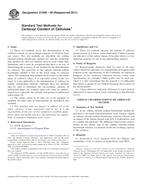
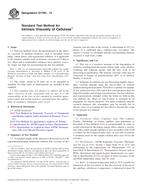 ASTM D1795-13
ASTM D1795-13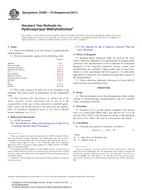 ASTM D2363-79(2011)..
ASTM D2363-79(2011)..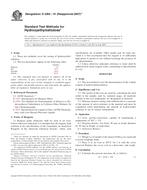 ASTM D2364-01(2007)e..
ASTM D2364-01(2007)e..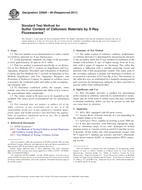 ASTM D2929-89(2011)..
ASTM D2929-89(2011)..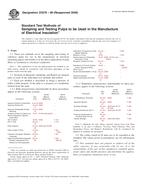 ASTM D3376-88(2009)..
ASTM D3376-88(2009)..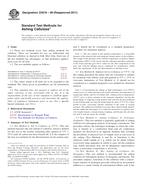 ASTM D3516-89(2011)..
ASTM D3516-89(2011)..
 Cookies
Cookies
